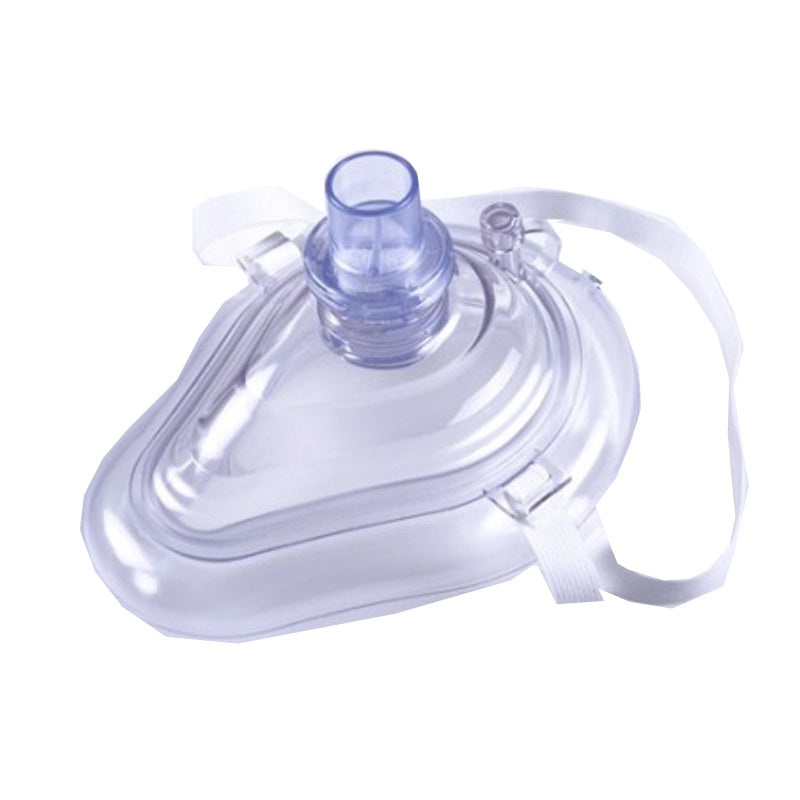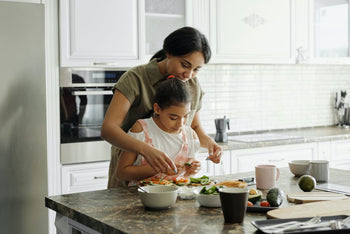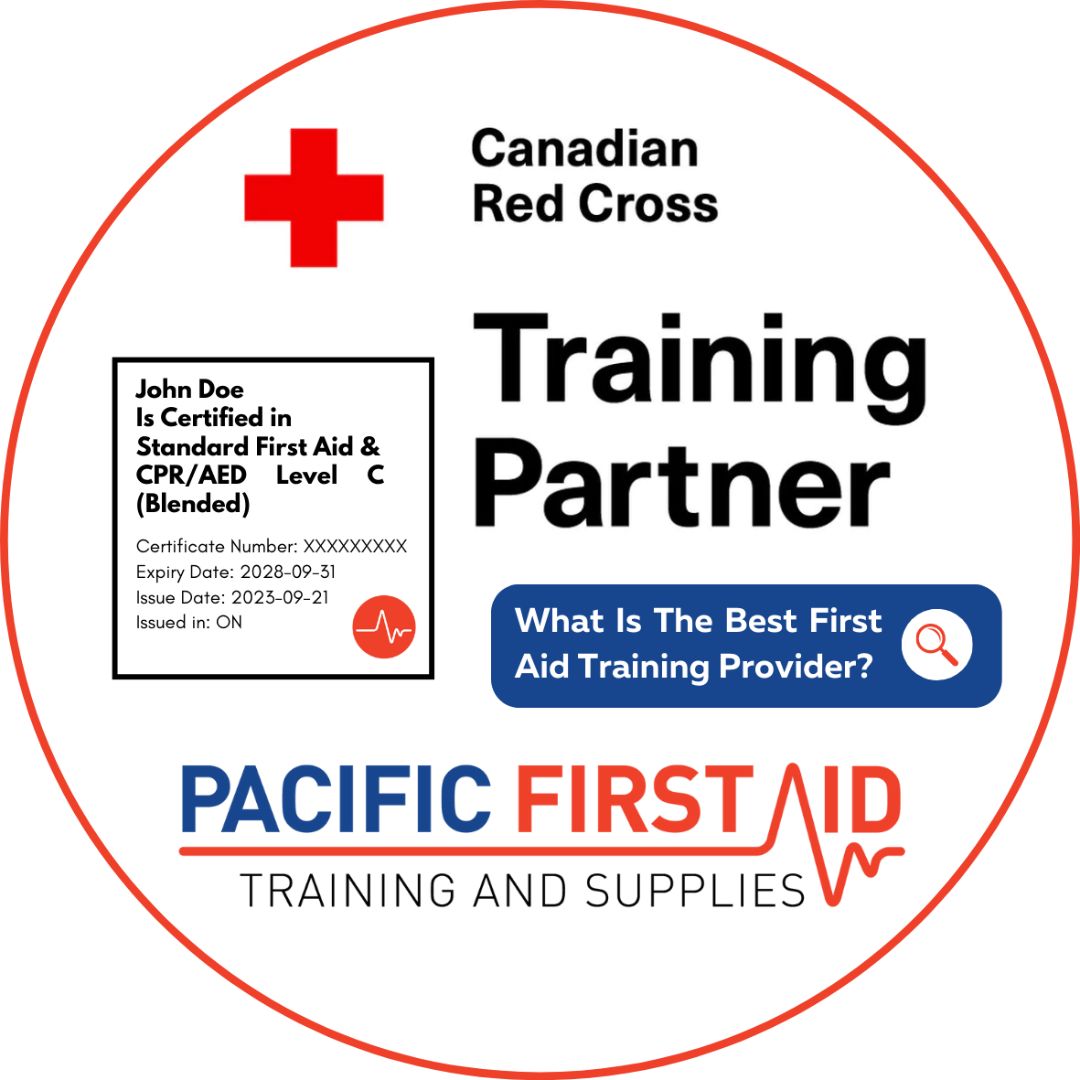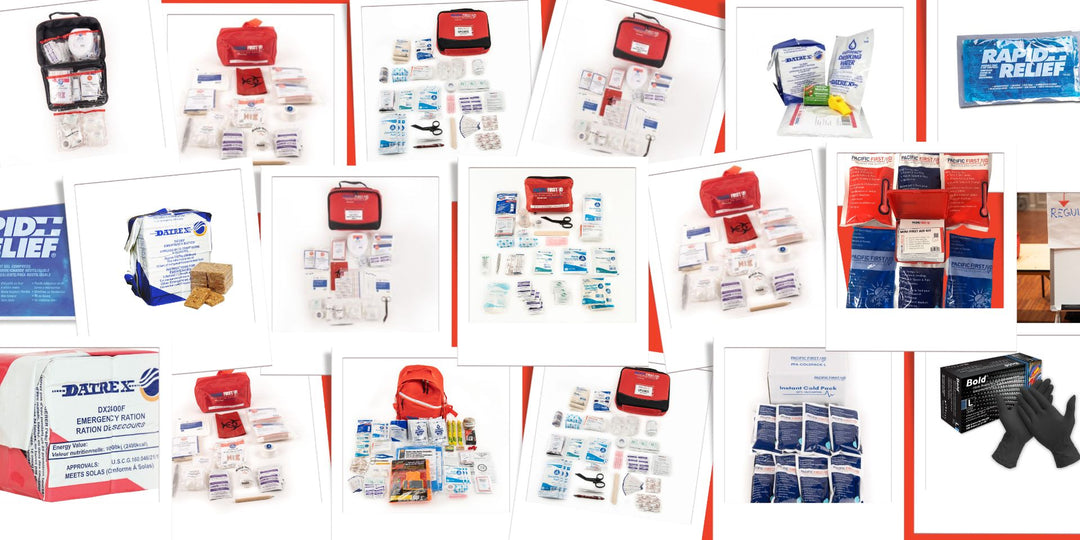
Don’t Let Food Poisoning Ruin Your Holiday
Photo Credit: Vlad Kutepov
On the afternoon before Easter, SaraBeth Griesacker slid a bunny-shaped cake into the oven and offered her 3-year-old a taste from a batter-coated beater. He declined. “More for mom,” she remembered saying, as she licked the beater and spatula clean.
Griesacker, who is a mother of three, said she woke later that night feeling the “sickest I’ve ever been.” She vomited at least a dozen times in as many hours and suffered stomach cramps, body aches, fever, chills, sweats and headache — all hallmark symptoms of food-borne illness and an ordeal she described as feeling worse than giving birth. Between trips to the toilet, she managed to breastfeed her 4-month-old infant, but it took four days for her to fully recover.
Griesacker’s experience — which she’s convinced was caused by the raw cake batter — is not as unusual as it may seem. In 2019, the Food and Drug Administration reported at least a dozen flour or baking mix recalls because of E. coli or salmonella contamination — two of which were announced the day before Thanksgiving. In May, an E. coli outbreak in flour sickened 21 and sent three people to the hospital.
Recent outbreaks from flour and more are good reasons to keep food safety practices at the top of mind this season.
An estimated 1 in 6 Americans gets sick from food poisoning each year, according to the Centers for Disease Control and Prevention, and 3,000 die.
Children under 5 are particularly vulnerable because their immune systems are still developing, and their symptoms can be more severe than in adults. They are, for instance, three times more likely to be hospitalized for salmonella or E. coli infections than everyone else, according to the C.D.C. “In a little child, a few episodes of diarrhea can lead to dehydration and need for hospitalization,” said Dr. Theoklis Zaoutis, M.D., a pediatric infectious disease physician at the Children’s Hospital of Philadelphia. Pregnant women, adults over 65 and those with compromised immune systems are also most susceptible to food-borne illness.
Food poisoning is a rough deal, especially when it strikes during the holidays. So I called three experts for their advice on how you and your family can avoid spending the season praying to the porcelain gods.
Keep your tongue away from the raw batter and dough
Most people know to avoid eating raw dough or batter, difficult as it may be to resist, because of the potential for a salmonella infection from raw eggs. But in recent years, the C.D.C. has identified what could be an even bigger problem with raw dough: contaminated flour. Salmonella and harmful strains of E. coli can creep into flour when the wheat used to make it has been contaminated in the field (with animal waste, for example), or during processing in the factory. Because flour isn’t typically heat treated to kill those pathogens, sampling contaminated flour raw could make you sick.
The largest flour-associated outbreak was in 2016 and sickened 63 people and sent 17 to the hospital with serious E. coli infections. Though numbers from this and other outbreaks may be higher, said Benjamin Chapman, Ph.D., a professor and food safety extension specialist at North Carolina State University, since food-borne illness is often underreported.
There’s little data on how likely a given bag of flour is to be contaminated with E. coli or salmonella, Dr. Chapman said, so it’s hard to quantify your chance of getting sick from raw dough or cake batter. For most people, an occasional lick of a batter-coated spoon isn’t going to send you to the hospital. Still, most experts agree it’s not worth the risk. “I’ll never do it again,” Griesacker told her friends on Facebook. “Nothing tastes that good.”
Be careful with flour-based arts and crafts
During the 2016 E. coli outbreak, three children were sickened after playing with raw dough they were given by staff at a restaurant. Because of thumb-sucking and other common hand-to-mouth habits, homemade Play-Doh, papier-mâché or modeling clay can pose similar dangers to young children, so experts have urged caution with such activities.
If you decide to make flour-based arts and crafts, choose a recipe that includes a cooking step. Kill potential pathogens before use, for instance, by mixing the flour with water and bringing it to a boil, Dr. Chapman said.
Prep and pack your fridge properly
When planning parties and holiday feasts, people often buy too much food and then don’t have adequate fridge space to store it safely, said Cordialis Msora-Kasago, R.D.N., a registered dietitian nutritionist and spokeswoman for the Academy of Nutrition and Dietetics. “Start out with a fridge cleanup,” she said, then make a careful shopping list and stick to it.
Everything perishable needs a spot in the fridge as soon as you get home, with space for air circulation around it. Foods that require refrigeration should never be left out for more than two hours. It’s also important to separate raw meat from produce and other foods to avoid cross-contamination.
With a fully loaded refrigerator, ensure safe storage of all the goodies inside by checking that the temperature is at or below 40 degrees.
Handle raw meat and poultry safely
Always thaw and marinate meat in the fridge, not on the countertop. Letting meat sit at room temperature “allows for bacteria to grow, potentially causing some illness,” said Msora-Kasago.
If you grew up thinking that you should rinse raw poultry such as turkey or chicken before cooking — don’t. This step is more likely to splatter harmful germs around your sink and beyond than it is to wash them away. Also, cutting boards, dishes, knives and utensils that have touched raw meat should be washed with hot, soapy water before using with other foods.
When cooking meat, use a food thermometer to ensure it reaches a safe minimum internal temperature: 145 degrees Fahrenheit for fresh beef, veal, lamb and pork (including fresh ham); 160 degrees for ground beef, pork, veal and lamb; and 165 degrees for poultry and reheated precooked ham. Once it’s time to serve, don’t leave perishable food at room temperature for more than two hours.
Keep hands and work spaces clean
It can be fun (though often counterproductive) for kids to help in the kitchen, but for everyone’s sake, take time to teach good food safety practices. Most important, anyone helping with food prep needs to wash their hands before beginning and between tasks. Teach children to lather with soap and warm water for 20 seconds, and make it fun by singing “Happy Birthday” or “Jingle Bells,” Msora-Kasago recommended.
Cleaning your work space as you go — wiping up spilled flour or raw egg on the countertop, for example — is a good practice to model for and teach kids. “Number one, the kitchen stays clean. But also number two, it reduces the chance of food getting contaminated in the process,” Msora-Kasago said. “I think instilling the habits we want to see from a very young age is important,” she added.
Store flour properly
Contaminated flour poses a unique risk because it has a long shelf-life. And since many people dump it into a storage canister and throw away the bag, they may not know if their flour is part of a given outbreak, Dr. Chapman said. If there’s a flour recall and you’re not sure if your bag is affected, toss it; it’s not worth the risk. And before you add new flour to a storage container with a little left over from a previous bag, wash the container with warm, soapy water to eliminate any potential lingering pathogens.
Keep an eye on food recalls
Food-borne illness outbreaks are common, and the sources can be diverse. In the past year alone, major outbreaks have been caused by romaine lettuce, ground beef, basil, papaya, melon, tahini and tuna. Keeping a close eye on food recall notices or outbreak notifications from the F.D.A. or C.D.C. is the best way to keep you and your family safe.
Sourced from: Alice Callahan - Parenting NY Times
For more first aid news, food safety news, food safety training, first aid courses and first aid gear visit us at: pacificfirstaid.ca






